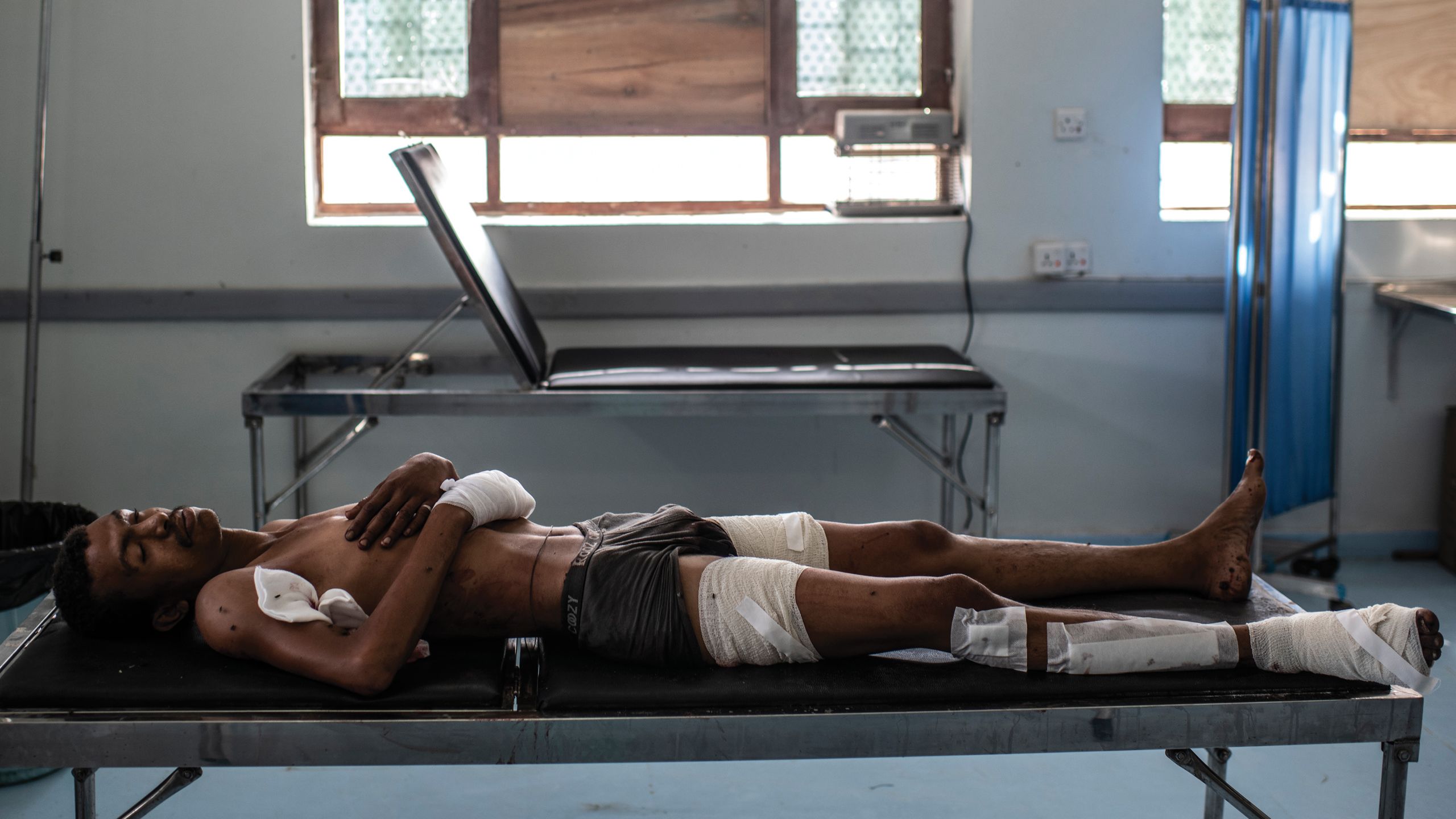WHEN ARMS GO ASTRAY
The deadly new threat of arms diversions to militias in Yemen
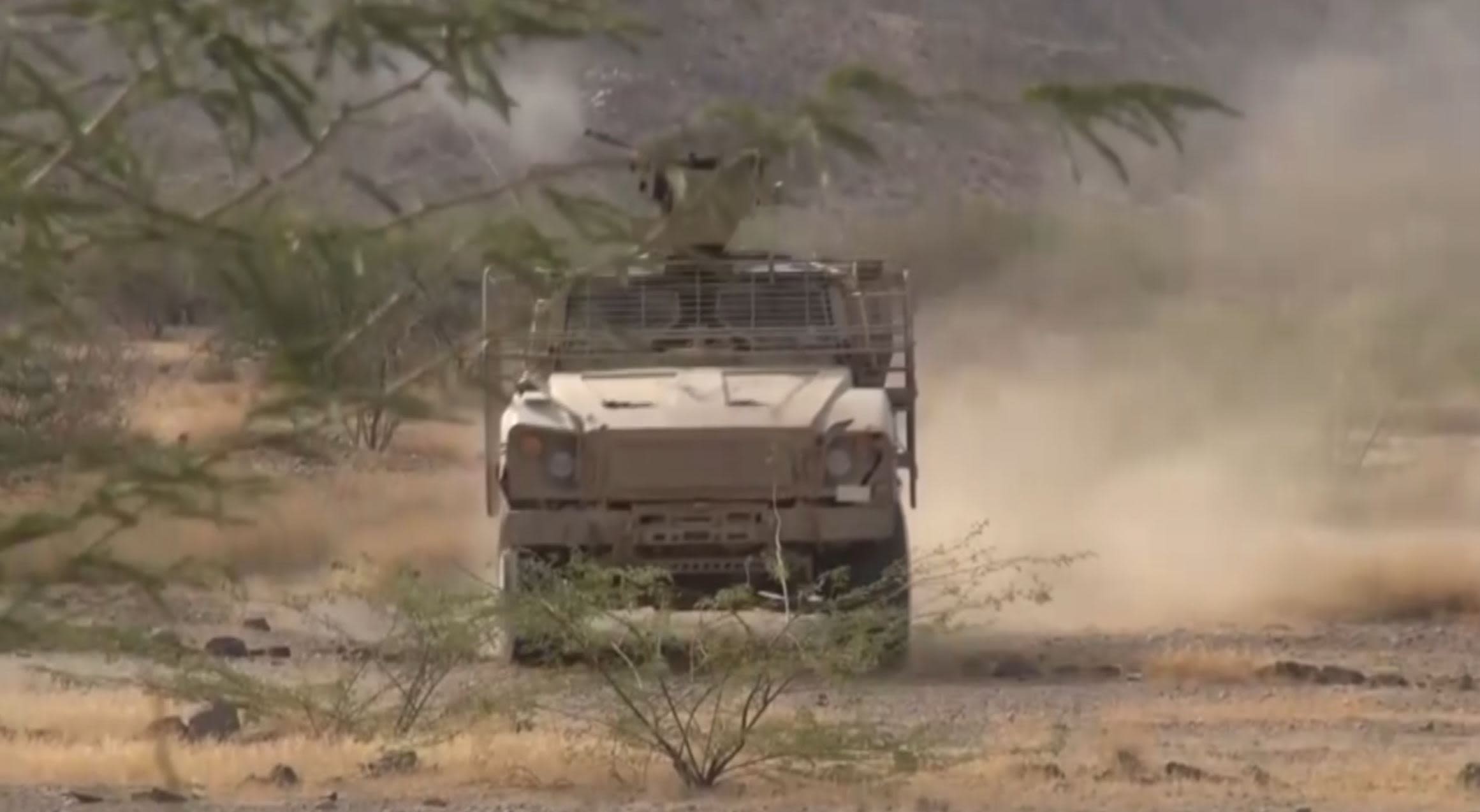
The war in Yemen is nearly four years old and has torn the country apart.
A coalition of Arab states — led by Saudi Arabia and the United Arab Emirates (UAE), and supplied by the United States of America and many European countries — are violating international humanitarian law, including by bombing residential areas, hospitals, and markets. The Huthi forces also are committing violations, firing imprecise weapons into civilian neighbourhoods, using advanced missiles to target civilian towns in Saudi Arabia, and planting internationally banned anti-personnel landmines. Both sides have also obstructed desperately needed humanitarian assistance for civilians in need, and forcibly disappeared, tortured and otherwise ill-treated detainees.
Caught in between, thousands of civilians have been killed and millions are at risk of famine.

HODEIDAH OFFENSIVE

During the most recent offensive preceding this ceasefire, Huthi forces embedded themselves in civilian areas, mined routes out of the city and militarized hospitals, while Coalition attacks pounded the city, including al-Thawra hospital on 11 November 2018, prompting hundreds of patients and staff to flee in terror. While the Coalition, led by Saudi Arabia, has been leading on air strikes, the UAE has steered the ground offensive.
“I heard many explosions, and either bullets or shrapnel was hitting the metal roof of the hospital entrance, falling like rain. I could still hear explosions as I got out of the hospital, but I couldn’t focus on it. We were all too afraid for our safety.”
- Medical worker at al-Thawra hospital
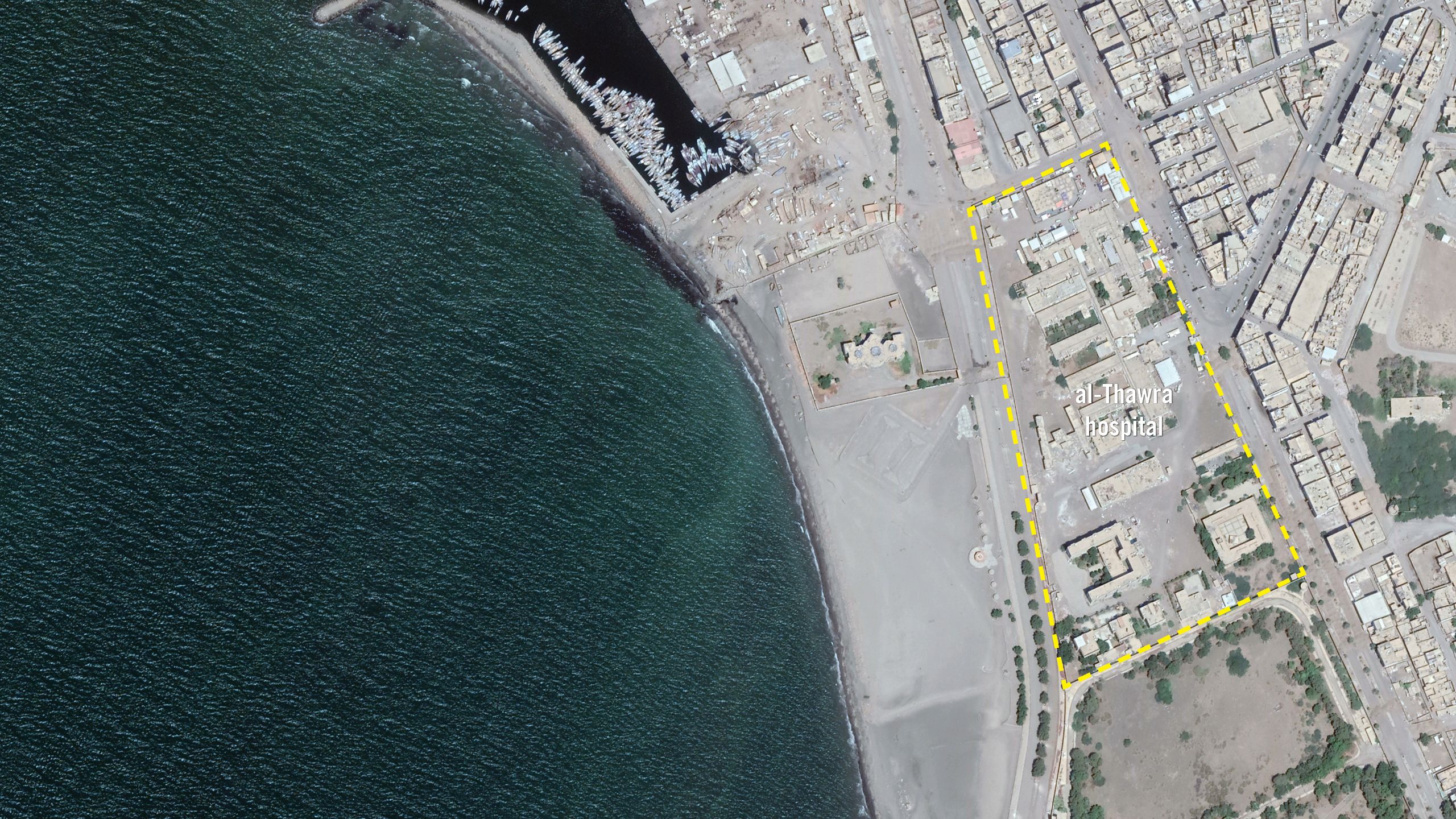
The intermittent fighting for the control of the port has slowed vital supplies of humanitarian aid from reaching the starving country and triggered a massive exodus of nearly one million civilians from the Hodeidah governate.
"It was really a difficult trip. By God we suffered. There were rockets flying above us. Someone would stop us and say there are landmines, and we would just scream."
- A 25-year-old woman from Qataba
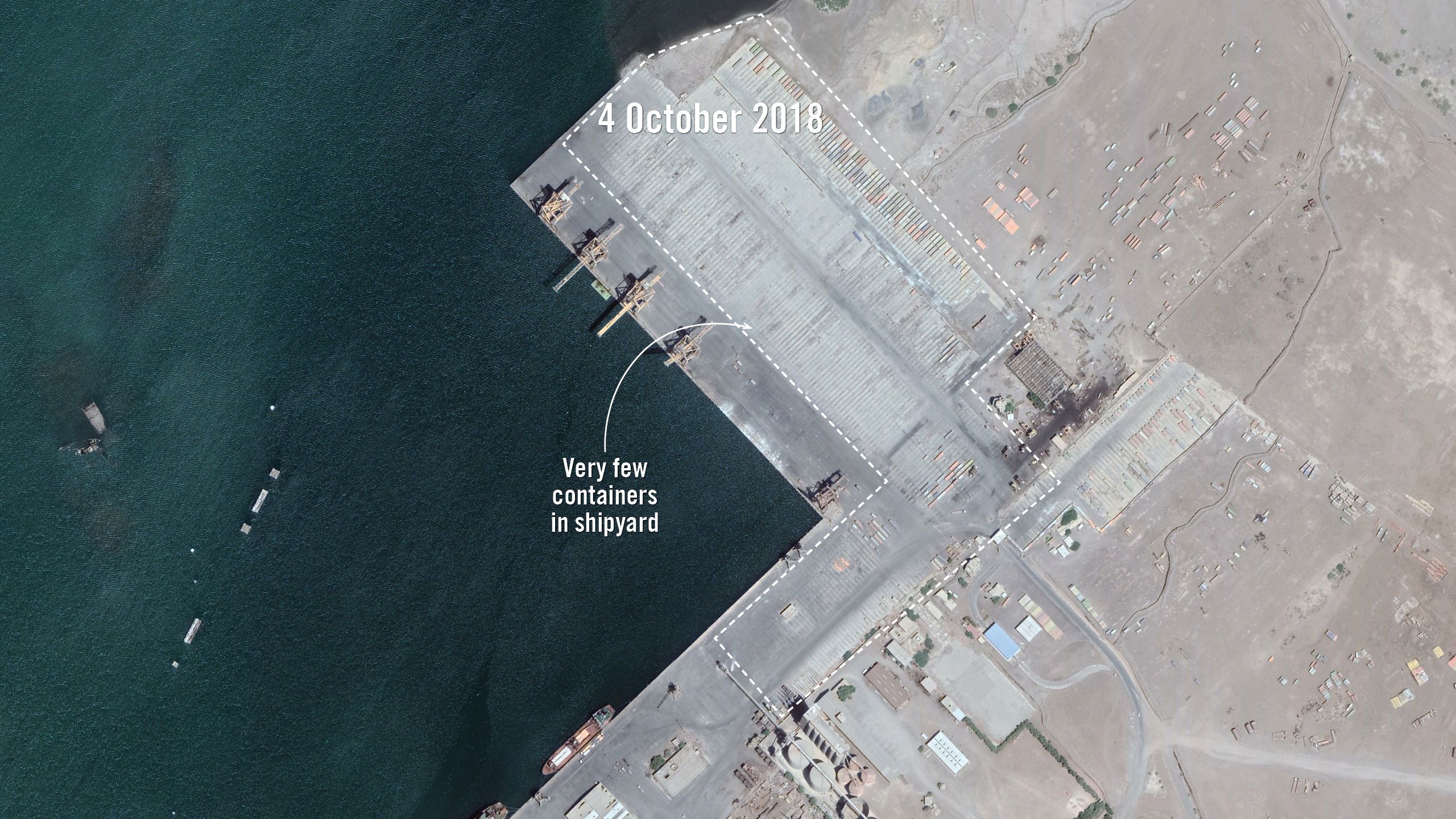
UAE DETENTION FACILITIES

The UAE has established a whole security structure parallel to that of the Yemeni government in southern Yemen. While factions and militias within this structure are trained, funded and equipped by the UAE, these militias are characterized by infighting and competing agendas.
In May 2018, Amnesty International travelled to Aden to conduct an investigation into the string of UAE secret detention facilities and UAE-backed facilities.
The resulting report, God Only Knows if He's Alive, detailed stories of detention at gunpoint, torture with electric shocks, waterboarding, hanging from the ceiling, sexual humiliation, prolonged solitary confinement, squalid conditions, inadequate food and water.

Images drawn by detention detainee illustrating some of the torture methods. © Private
Images drawn by detention detainee illustrating some of the torture methods. © Private
The UAE-backed security forces running these facilities wield Bulgarian rifles, and drive US armoured vehicles.


DIVERTED ARMS

While China, the USA, the UK, France and other European states have rightly been criticised for supplying arms to Coalition forces, and Iran has been implicated in sending arms to the Huthis, a new threat is emerging.
As the ground war evolves, weapons are not only being used by UAE forces in Yemen, but are also being passed on to completely unaccountable Coalition-allied militias, some of whom stand accused of war crimes.
Background image: A Chinese Type 80 machine gun, diverted to Yemen. Conflict Armament Research has documented similar markings elsewhere. [photo credit © AFP/Getty Images] Below image: Markings on a Chinese-manufactured M80 7.62 x 54R mm machine gun photographed in the possession of SPLA-IO forces near Kajo-Keji, South Sudan, 12 June 2017. (c) iTrace. [Note: iTrace had no involvement in this investigation and has no responsibility for its findings.]
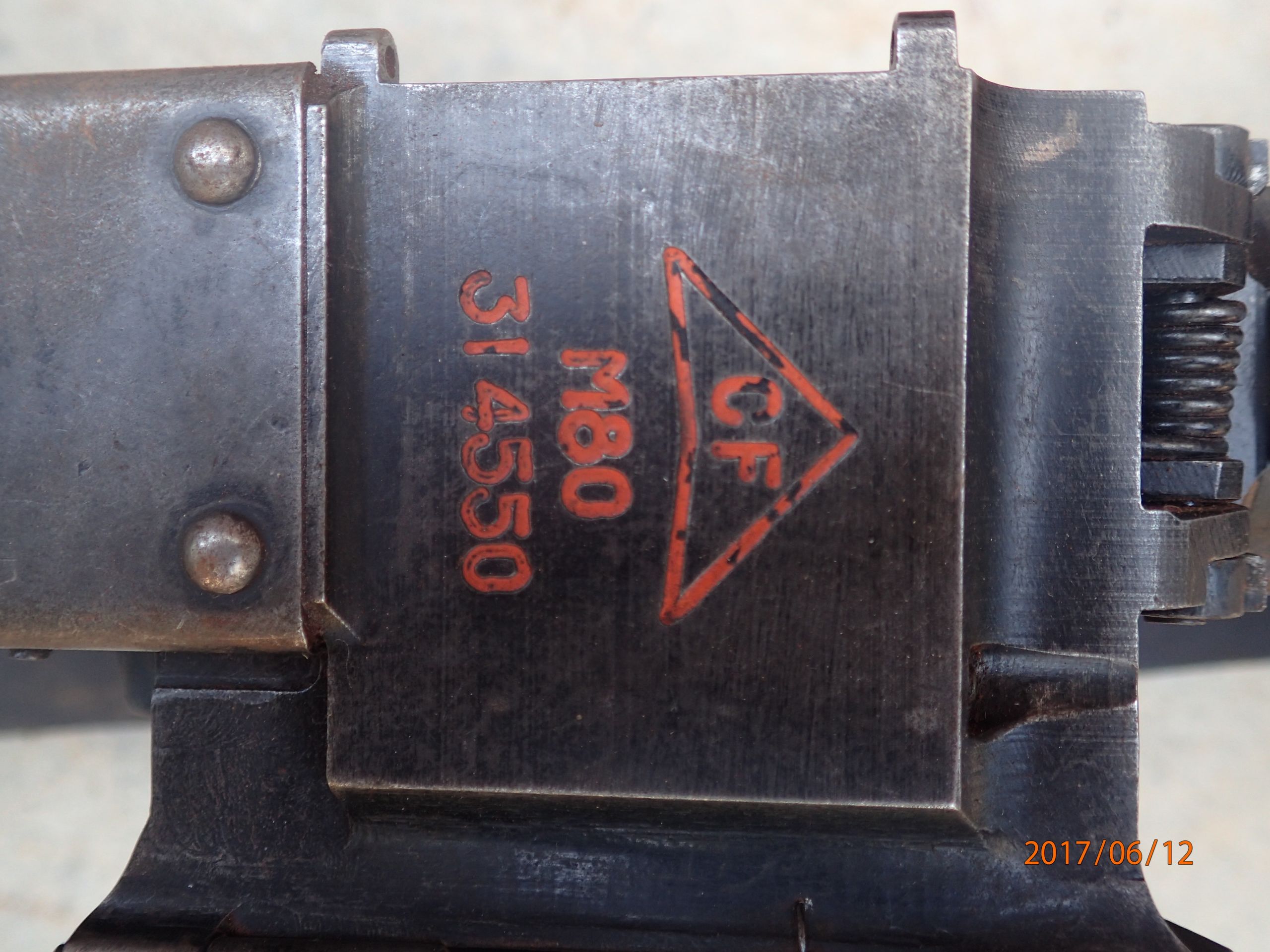
© Conflict Armament Research
© Conflict Armament Research


And a major conduit is the UAE.
© Sky News Arabia
© Sky News Arabia
Video above of military convoys heading into battle in Hodeidah, shows US, French, Finnish and South African armoured vehicles and tanks – the same makes and models which have previously been sold to the UAE.
Some of the same types of vehicles have been widely documented in use by unaccountable UAE-backed militias.
OTHER WEAPONS

The Agrab Mk 2 consists of a Singaporean 120mm mortar system mounted on a South African RG-31 armoured vehicle. The UAE is the only country to purchase this weapon system, and therefore must be the militia’s supplier. © Arab24
The Agrab Mk 2 consists of a Singaporean 120mm mortar system mounted on a South African RG-31 armoured vehicle. The UAE is the only country to purchase this weapon system, and therefore must be the militia’s supplier. © Arab24

A Zastava M02 Coyote machine gun (left, ©SkyNews) and M73 60mm mortars (right, © Yemeni Observer Twitter account), sold by Serbia and diverted to militias fighting in Hodeidah. Images compiled by Arab Reporters for Investigative Journalism (ARIJ) and Mohamed Abo El Gheit
A Zastava M02 Coyote machine gun (left, ©SkyNews) and M73 60mm mortars (right, © Yemeni Observer Twitter account), sold by Serbia and diverted to militias fighting in Hodeidah. Images compiled by Arab Reporters for Investigative Journalism (ARIJ) and Mohamed Abo El Gheit
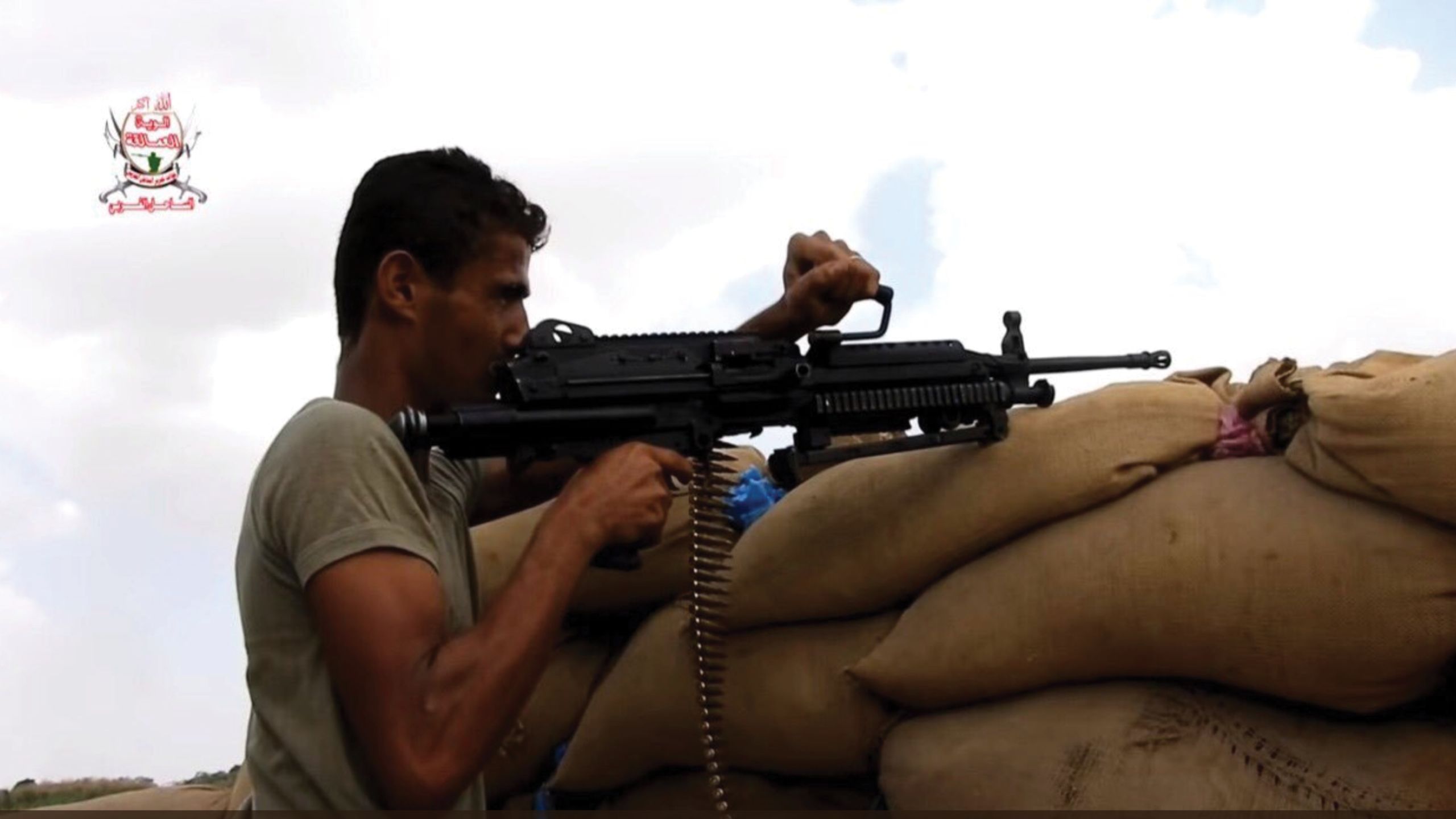
Belgian minimi light machineguns, likely sold to the UAE, are being deployed by the Emirati-backed militia known as "The Giants". © Yemeni Observer Twitter account
Belgian minimi light machineguns, likely sold to the UAE, are being deployed by the Emirati-backed militia known as "The Giants". © Yemeni Observer Twitter account
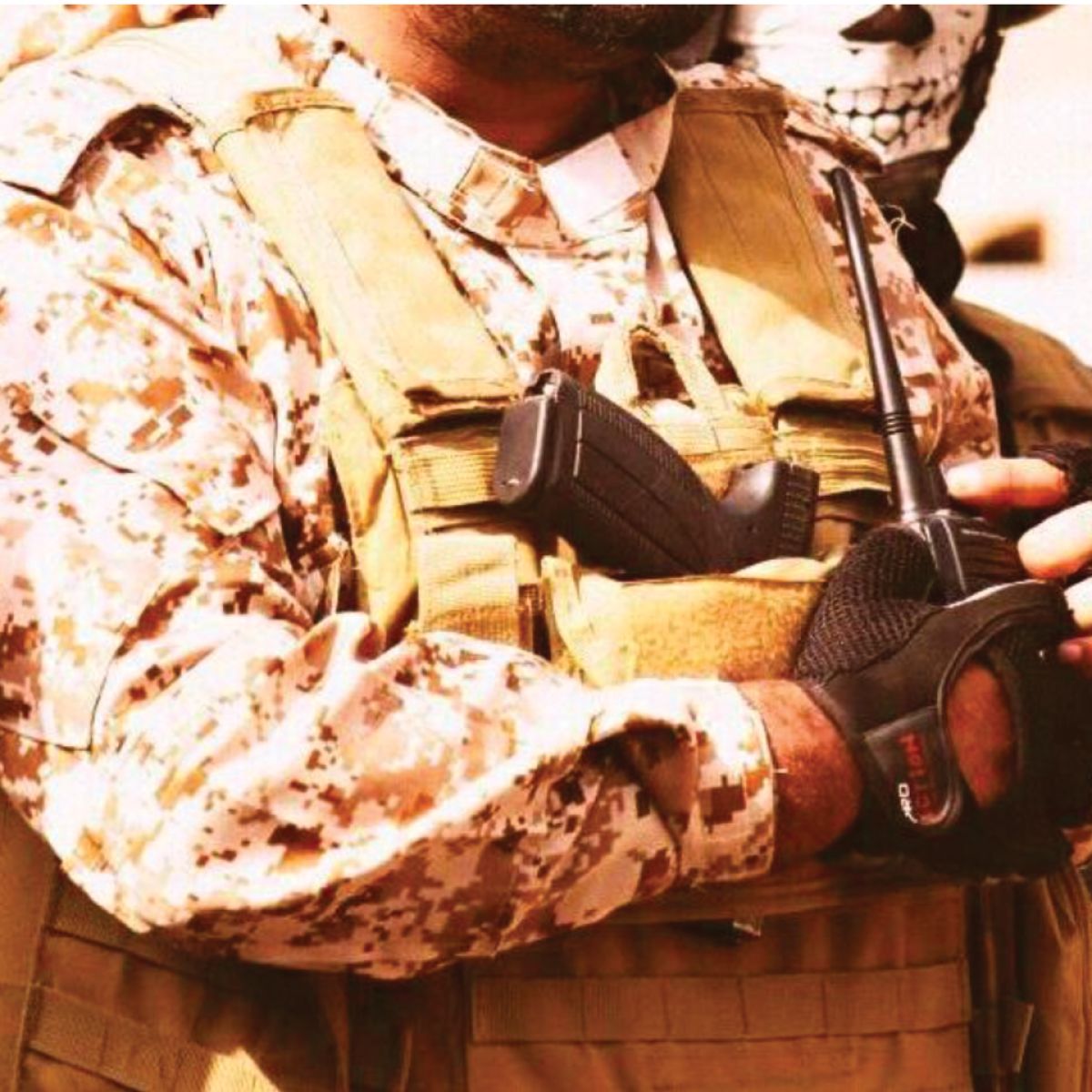
Caracal pistols, manufactured by the UAE, have been diverted to the Security Belt and Elite Force militias running the detention centres in southern Yemen. © saqraden2017, 2017
Caracal pistols, manufactured by the UAE, have been diverted to the Security Belt and Elite Force militias running the detention centres in southern Yemen. © saqraden2017, 2017
Western states and others continue to supply the UAE, along with Saudi Arabia and other coalition members with arms.
Since the outbreak of the Yemen conflict, states have supplied over $3.5 billion* worth of heavy conventional weapons, small arms, light weapons, and associated parts and ammunition to the UAE alone.
Despite the serious human rights abuses committed by the UAE and their proxy militias, Australia, Belgium, Brazil, Bulgaria, the Czech Republic, France, Germany, South Africa, Turkey, the UK and the USA, among others, have recently supplied the UAE.
*Derived from SIPRI and UN Comtrade data
Data sources for maps below: Norwegian Initiative on Small Arms Transfers (NISAT), Stockholm International Peace Research Institute (SIPRI) and self-reporting countries

Of the over 20 countries known to be supplying arms to UAE, only four, Denmark, Finland, the Netherlands, and Norway have recently announced suspending arms transfers to the UAE.

TAKE ACTION

For states parties, supplying arms to the Yemen conflict violates the Arms Trade Treaty; these transfers also breach EU law, and in many instances supplier countries' domestic law.
Amnesty International calls on states to stop supplying arms to all parties in the conflict in Yemen until there is no longer a substantial risk that such equipment would be used to commit or facilitate serious violations of international humanitarian and human rights law in Yemen.
